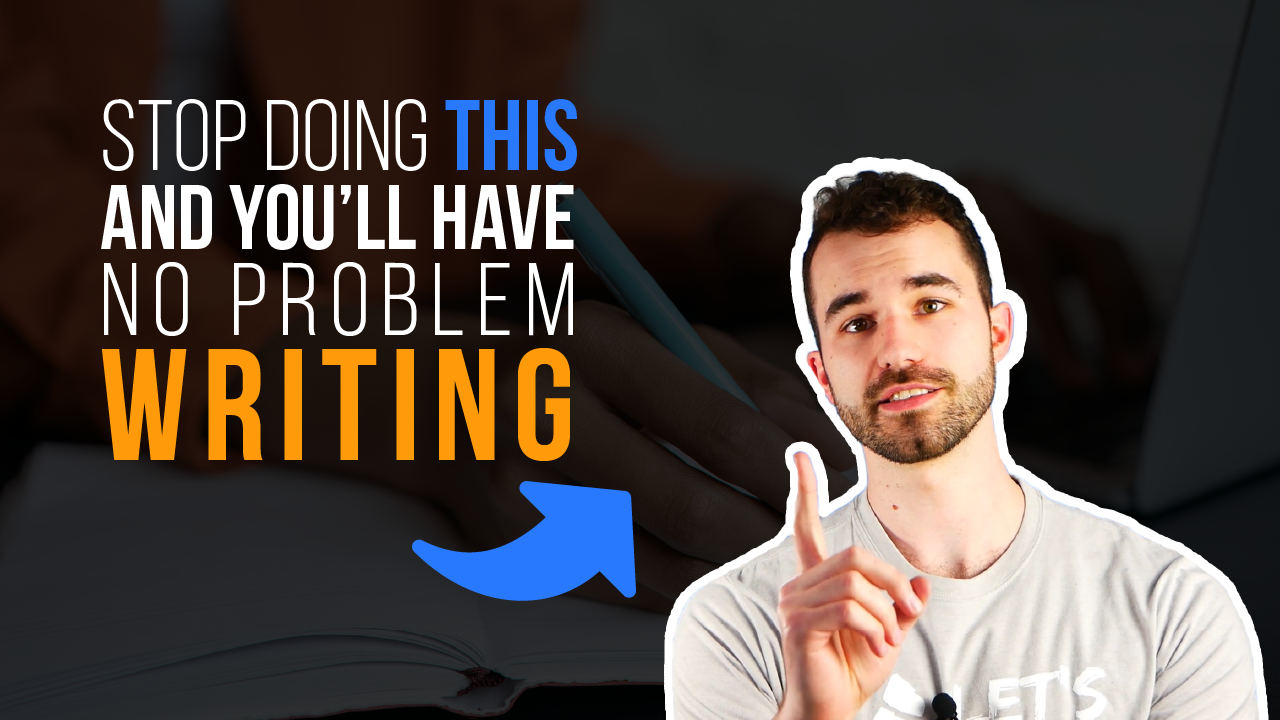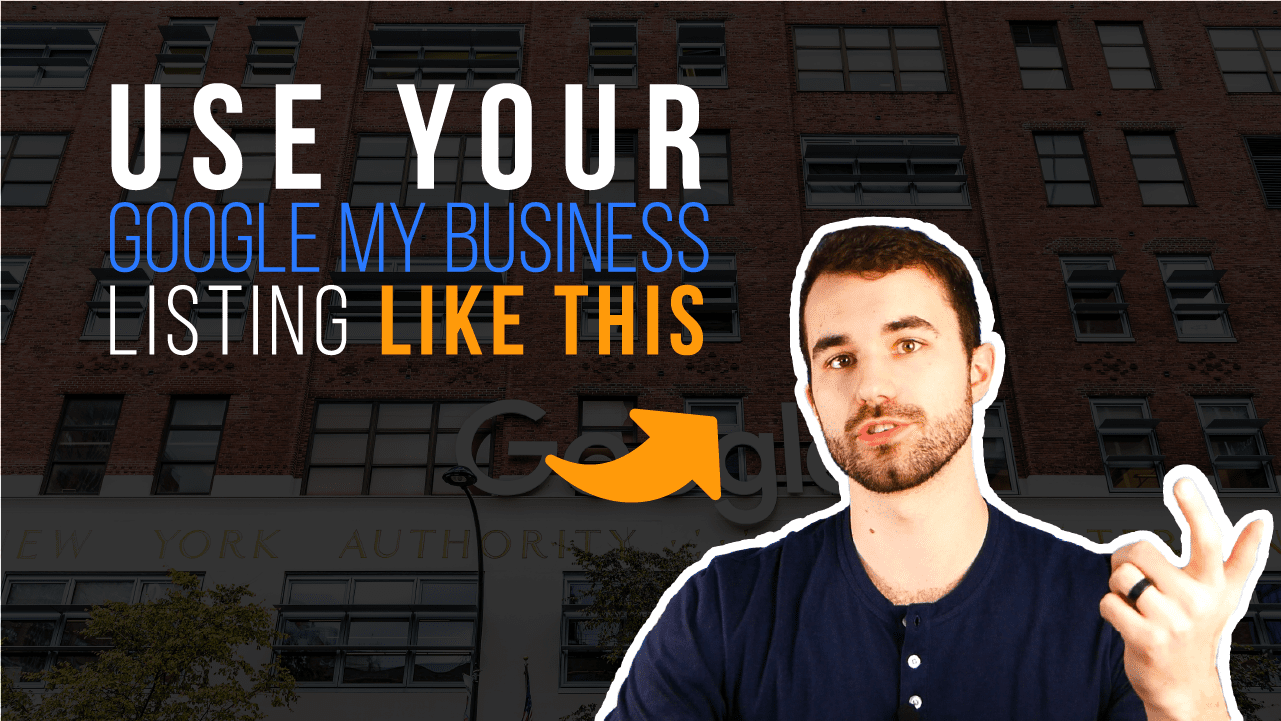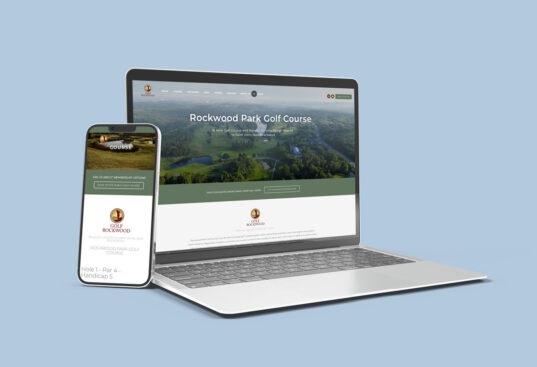Before you read any of this, understand that Salespeople are not the only people who sell. Most people convince others to do or believe something almost every single day. When you’re telling friends about a new store you liked, or a movie you enjoyed, you’re selling them on it.
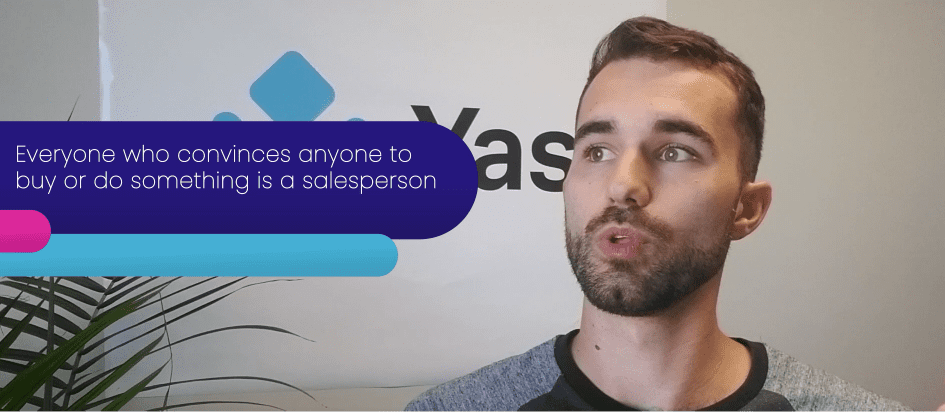
We’ve come to look down on sales and salespeople because of how often we hear of hard-sellers that try strong-arming people into things they (the customer) don’t want or need. If you’re trying to improve those skills, you’re in the wrong place.
Here are the things we’ve learned that have helped us double our average contract price and increase our overall volume of signed agreements by 35%. And all of this without having a dedicated salesperson to prospect or generate leads.
Sell Yourself
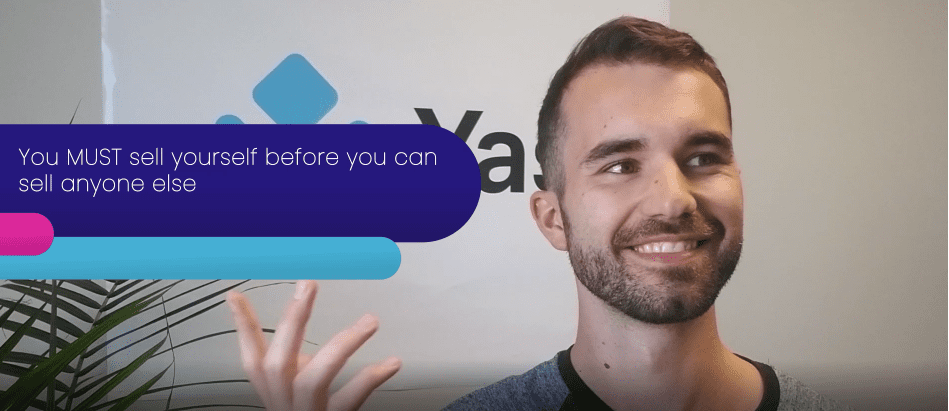
If you’re anything like me, you don’t like being dishonest. You probably wouldn’t recommend the world’s worst restaurant to your closest friend, right?
Most of us have trouble selling something we wouldn’t buy ourselves. Can you remember a time where you tried to sell a product or service by listing off the specs, features, and benefits your employer told you to say? Compare that with a time you sold a product or service you had purchased yourself. It’s a very different feeling, right?
My experience as a salesperson is actually quite limited.
I worked for a couple of years selling furniture at a large chain. At first, I could sell anything. Furniture, add-ons, warranties, you name it. The more time passed, though, something dramatically changed.
I could easily sell the furniture I bought for my own home by telling stories of how great my sofa was for watching movies or how my new mattress helped me sleep better at night (as someone who has had my fair share of sleeping difficulties).
What I couldn’t do was sell the things I stopped believing in. I watched customers struggle with their warranty (it was a nightmare for them to make claims even when they paid for it).
I even remember trying to sell an HDMI cable to someone who already had one because they were buying a new TV. My manager’s answer to the objection “I have all the cables I need already” was “You wouldn’t put old tires on a new car, would you?” Try saying that to someone who knows most HDMI cables are the same (which is really most people).

To my manager, this was the correct answer to the objection, or at least, that’s what the regional manager told her. In the end, it didn’t change anything; why do you think that is?
Believe in what you sell
To sell yourself, you have to truly believe in what you’re selling. I don’t mean to memorize or convince yourself that “you wouldn’t put old tires on a new car” is the right answer; it isn’t.
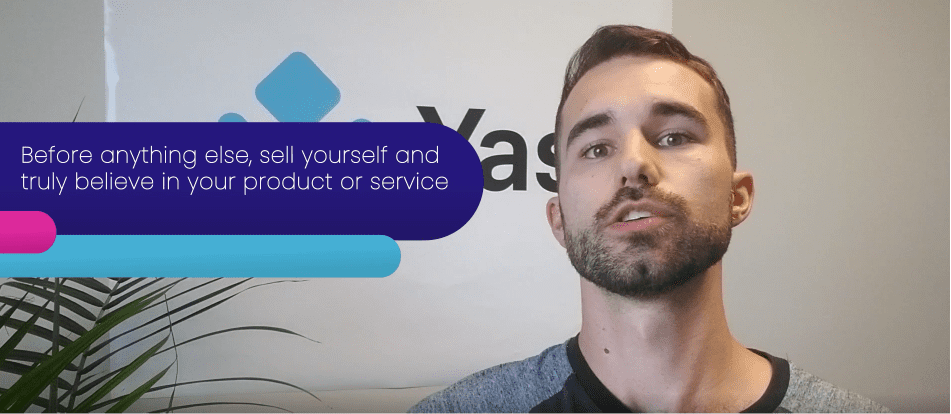
The first step is making sure you work in a place where this is possible. These techniques would not make me any better at selling warranty. If you’re a strong believer in warranty, then certainly this will help you out.
You need to understand that it’s very possible for you to have the wrong fit in a sales environment. If that’s the case, I recommend finding somewhere else to go, or changing the product or service to something you believe in (if you can). If those aren’t options for you, then you had better get used to lying.
**Note: A product or service doesn’t have to be the right fit for you in order to sell it. I won’t buy a website from Yas because I’m not a business owner, but I definitely would if I was a business owner.
There’s a line in Grant Cardone’s book “Sell or Be Sold” that resonated with me. It went something like,
“You need to believe in your product so much that it would be a disservice for a customer not to buy it from you right now.”
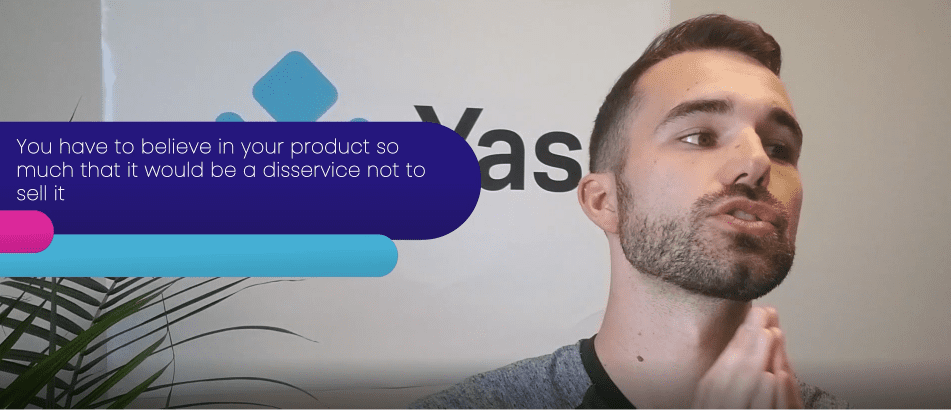
Where I used to feel like “I don’t want to make my customers spend money”, Grant’s concept helped me change my thinking to, “they’re going to make a lot more money by spending this with me right now.” I truly believe we’re the best, so it would be bad customer service to let my clients spend their money somewhere else. Get it?
Understand your audience
I’ve written this again and again in my articles. Your target audience is not everyone. Say it with me. My target audience is not everyone. Good.
I recently had a prospective customer show me some of my competitors’ proposals. I was mortified how many of those proposals could be given to any business. They included all general information and absolutely nothing specific or targeted to that customer.
So first, figure out who your target audience is and use it for your general marketing (are you a luxury product? Are you the cheap solution? What problem are you solving and who has that problem?) and then make sure that your sales process takes it a step further and addresses their needs specifically.
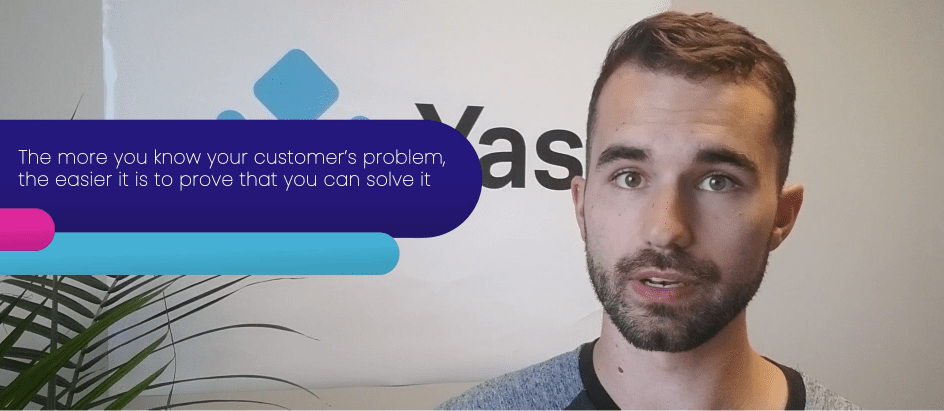
Don’t let me catch you sending the exact same document to different people. Would you buy a website from me if my proposal said “we’ve been building websites for dog salons for 10 years”? Unless you’re a dog salon, no you would not.
Understand your pricing
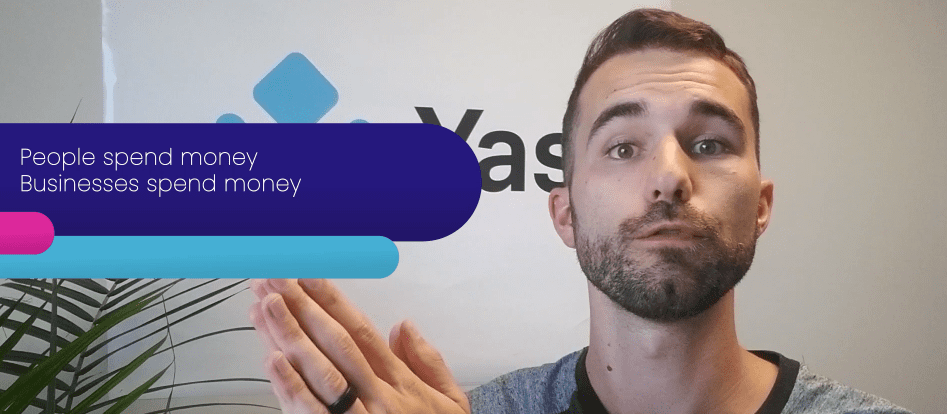
People spend money. Businesses spend money. Don’t forget that.
There’s an interesting psychological phenomenon where people apply value to things based on relativity. When you buy a shirt, you don’t calculate the cost of the materials and labor. Instead, you consider factors like whether it’s rare, who made it, whether your friends like that brand, etc.
Because of this, most of us are actually happier with things that we pay more money for. We love to prove that we’ve worked hard enough to own expensive things and that we’re actually more likely to believe they’re better for us (in many cases, more expensive products or services are better for us, but not always).
So, once we figured out how to fall in love with our own product, we understood that our clients were looking for the best and willing to spend money where it matters. At that point, understanding our pricing was easy. We aren’t the cheapest, and we’re certainly not trying to be. We price fairly for the work we put into our product, but we’re not going over budget on every project like we used to.
Certainly, we have prospective clients that have pricing objections from time to time, but we actually see MUCH LESS of this since we increased our pricing to match how we feel about our product and brand.
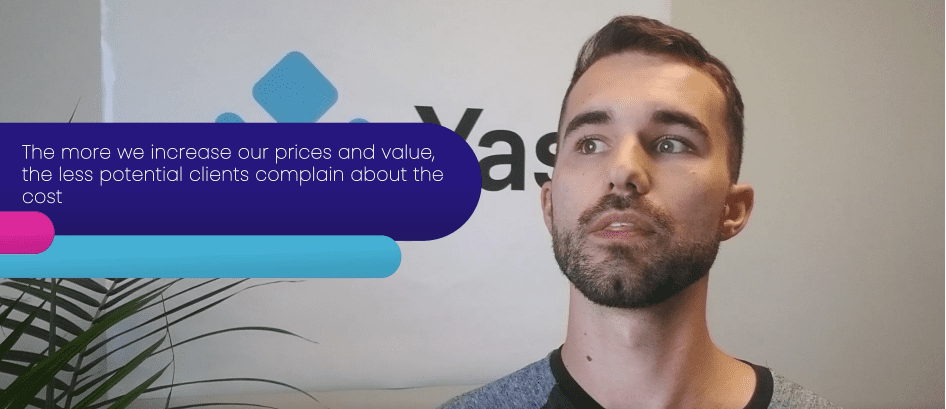
Here’s one last story on pricing to help you understand this:
We went to a local restaurant as a team (as we do on Fridays). This restaurant has a fancy name, excellent decor, and a fantastic central location in the heart of downtown. When we opened the menu and saw that their meals were in the $10 range, the first thing my team said was, “Why is it so cheap?” as if there had to be something wrong with it.
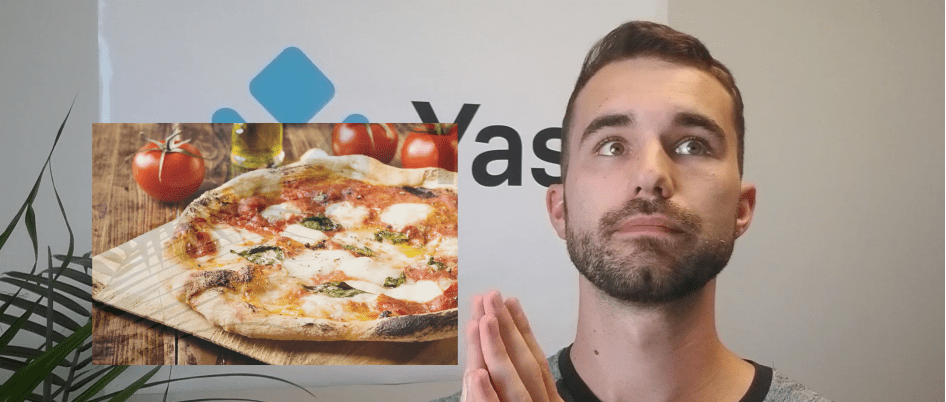
I would have been happier with that meal if it cost more. It’s a weird thing to say and I don’t consider myself to be the type of person who buys expensive brand-name products, but I’m not going to remember the food being as good as it was because it felt too cheap to match the rest of our experience.
That old saying “When things are too good to be true, they probably are” applies here.
My answer to “why is it so cheap?” was “We’ll find out tomorrow.” I will note that there wasn’t anything wrong with the food, but at this point it was too late and we won’t remember it being as good as it actually was.
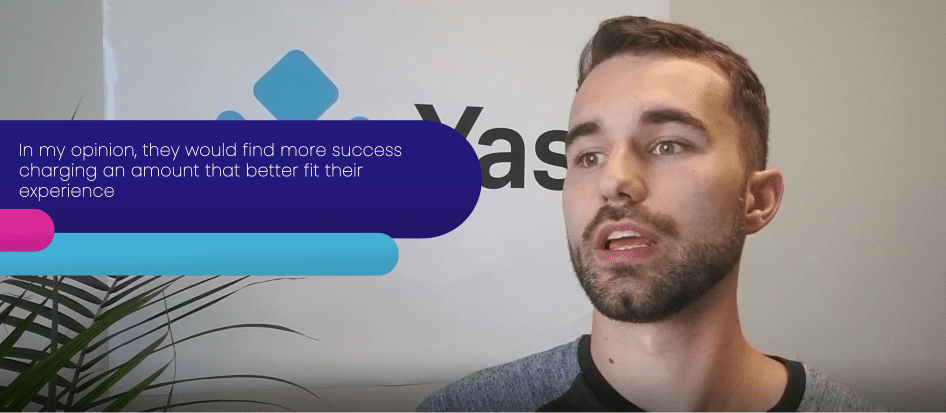
Solidify your brand
With everything I said above in mind, work on solidifying your brand so that you believe in your product and your pricing and it matches the experience your customers are having. This transition took us two years (and we’re still working on it), but here are the key points that have helped us along the way:
- We lost a deal because we underquoted so they assumed we wouldn’t be able to deliver what they were looking for (we created our quote specifically based on their requirements). This one hurt, and it’s so clear to me now just like the restaurant story in the last section.

- We’ve seen fewer and fewer objections because we believe in what we’re doing. Nobody will see a hint of nervousness as we present our prices. When prospective clients say “your competitors’ prices are much lower than yours”, we say “yes, we hear that a lot.”
- We’ve cut any add-ons that didn’t make sense to our customers. We tried selling maintenance plans (which gave me the same issue as selling furniture warranty) and we stopped offering it because it made more sense in every case to handle future care and changes on an hourly basis.
- If you’re selling something and you’re hoping a customer won’t ask follow up questions because they might figure out that it’s not the best for them, you shouldn’t be selling it.
Get To Know Your Objections
Customers will always have objections, and they usually exist in one of the following three forms:
- Real Objections: They are honestly telling you why they can’t buy right now and they want you to work with them to overcome those objections. Real objections can be a fantastic sign because they show that the customer wants to work with your team enough to share why they feel they can’t.
- Fake Objections: There’s something they’re not telling you, but they know it’s easier to get out of there if they say something like “you’re too expensive” knowing you won’t give a discount. For example, people aren’t going to tell you that they don’t trust you, so they’ll give a fake objection to escape instead.
- Complaints: These sound like objections, but they’re not. Often when someone says “That’s a lot of money”, you can win them over by acknowledging what they’re saying and agreeing with them like “yes, we hear that from most of our clients”. Agree and move on if they’re not outright asking you to do something about it. This one’s weird to get used to, but it’s such a powerful concept to understand.
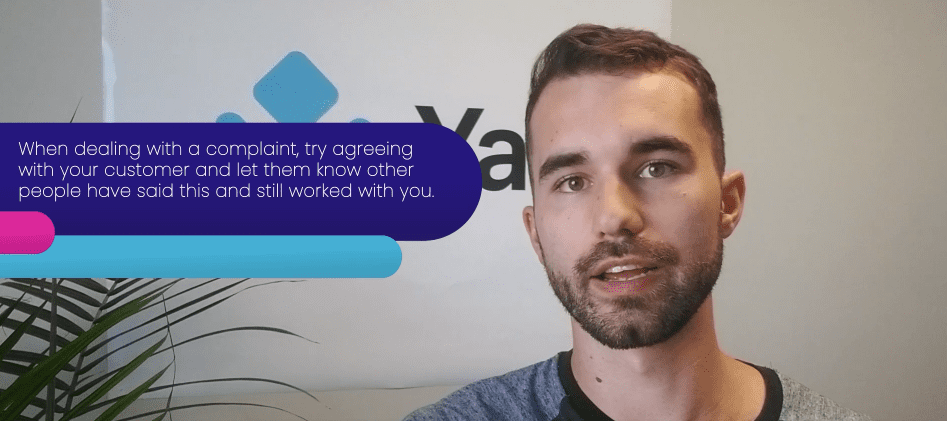
Memorize universal objections
Grant Cardone’s “The Closer’s Survival Guide” has made an incredible difference for our team. He goes over a bunch of objections you can expect to hear and even provides answers to them.
For the most part, this book helps you take an objection and figure out if it’s real, fake, or a complaint.
- If it’s real, you’ll work with the client to solve it.
- If it’s fake, you’ll ask follow up questions to flush out the real objection.
- If it’s a complaint, you’ll agree with the customer and move on.
I wouldn’t generally say I’m a big reader, but I went through this book 4 times.
Keep track of your unique objections
We found that 90% of the objections we get are covered by Grant Cardone’s book, but it was still important to figure out the few objections that are unique to our industry and figure out how to address them as well.
We created a full list of objections, their solutions, and when to use them by combining Grant Cardone’s list with our few unique situations.
Bonus: Jeb Blount’s book “Objections” offers another perspective on understanding and reading objections. The more perspectives you arm yourself with, the more success you’ll find.
Practice Closing On Those Objections
Having a cheat sheet with the answer to every sales meeting is great when you’re working over email, but it’s almost entirely useless to have if you sell in person or over the phone.
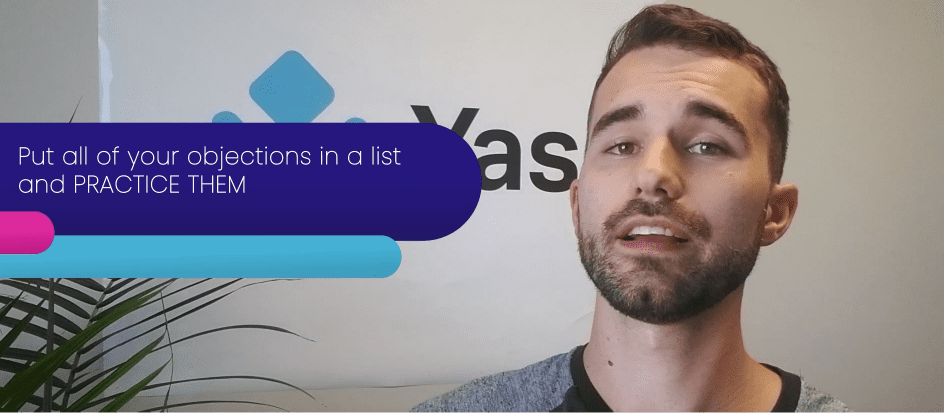
Mike and I spent weeks setting up hour-long meetings where we would take turns bringing up objections with each other and finding the solution. There are two crucial reasons you cannot skip this step.
- When a customer surprises you with an objection you’re not prepared for, your face and your body show it. The second your eyes widen, your speech gets faster, or you squirm in your seat, it’s game over. Their confidence in you has just taken a hit.
- You need to be able to call upon these objections and their solutions in an instant. It’s not good enough to think “I remember reading something about this type of objection”. If you can’t wield them immediately, it’s too late.
Find your confidence and phrasing
In sales, confidence is everything.
However, most people can’t fake confidence effectively. Right before a meeting, if you’re thinking “I don’t think they’re going to go for it”, they probably won’t. Why are you thinking this way?
If you believe in your product or service and know it’s 100% the right choice for your client, confidence is easy. ALSO, the thing about confidence is that once you start winning, the positive feedback loop keeps making you more confident, which keeps you winning.
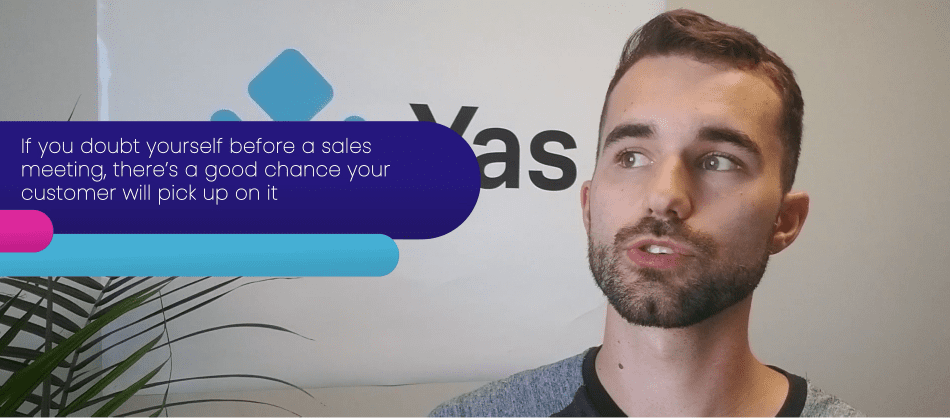
All because you stopped trying to convince people to pay for something you wouldn’t yourself pay for.
Honorable Mentions
I do want to make sure that I don’t close out this article without mentioning some of the other aspects that have contributed to our success.
- Our portfolio reflects our fantastic designs so we don’t need people to just believe we’re as good as we say, which was a challenge when we started this process.
- We’ve worked hard to improve the physical branding in our office to reflect our colors, values, etc. The psychology behind this part of our success is best understood by reading Robert Cialdini’s book “Pre-suasion”
- Our industry knowledge has increased over time, so we’re able to speak confidently about our experience and help new clients find solutions we’ve helped others with in the past.
- We’ve been able to prove our knowledge by creating articles and resources like this one that aim to help anyone looking for success in related fields.
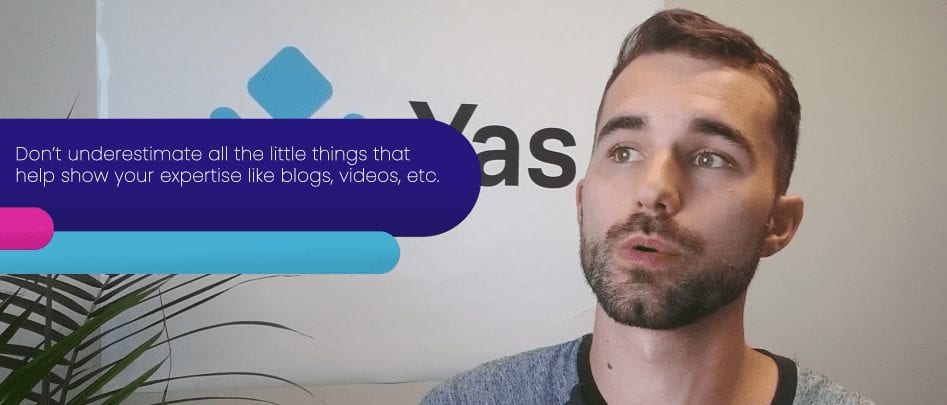
Wrapping Up
By now you should be excited or terrified. If I had read this article when I sold furniture, I would nervously think, “no, this can’t all be true. I’ll find a different article”.
Hopefully, at the very least, if you’ve been worried about why you aren’t able to sell as well as you want to or even as well as you used to, you’ll be able to understand the reason. It’s then up to you whether you’ll be able to solve this in your current position or not.
Here are the key takeaways:
- Sell yourself
- Solidify your brand
- Learn and practice your objections
- Find your confidence
- Make some money!
